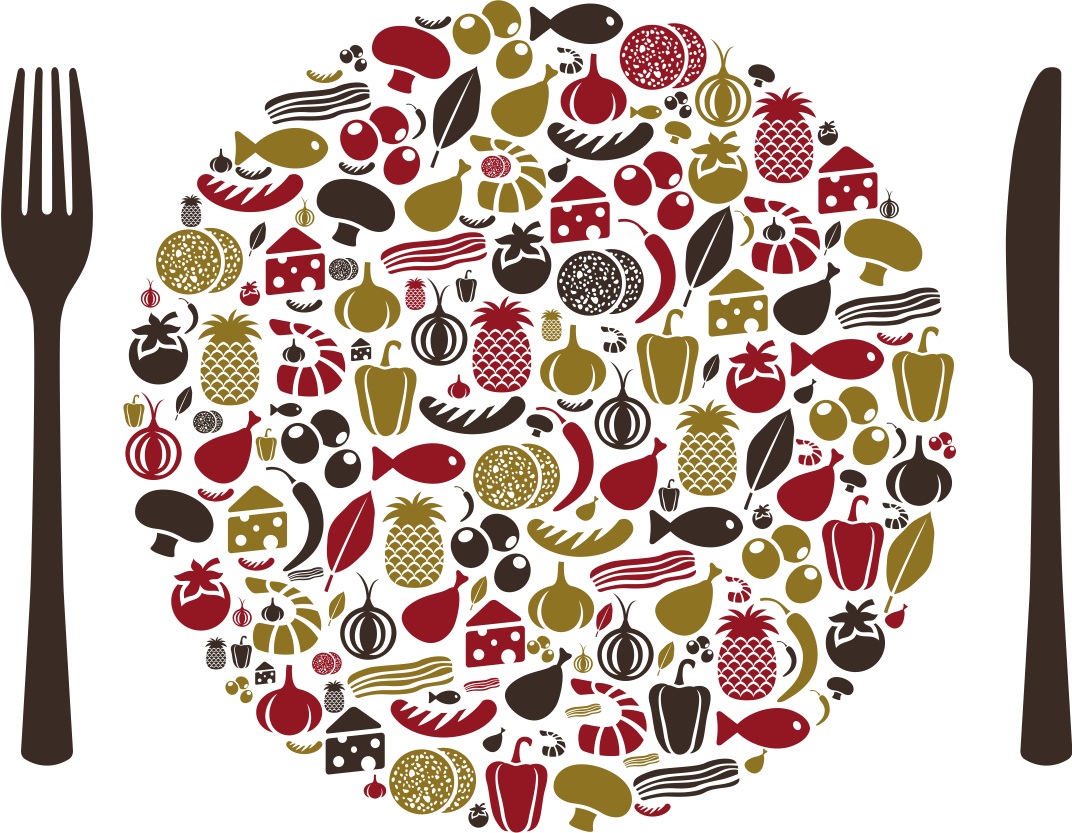

Dietary modifications
It is also important to work with your health provider to identify possible food intolerances (e.g. dairy products) that may be affecting your digestion, and experiment with eliminating certain foods from your diet. Another reminder is to ensure that you are chewing your foods thoroughly and avoiding foods that cannot be easily chewed. It is also recommended that following a meal you remain upright for 1-2 hours, by either sitting or walking, to aid digestion. Liquid-based meals, such as soups, can generally be digested more easily in cases of gastroparesis, and sometimes it can be helpful to take small amounts of fluid throughout a meal. In more severe cases, liquidized foods may be required, along with vitamin and mineral supplementation. If liquidized foods are not tolerated, an enteral (placed in the stomach or intestine) feeding tube may be required. In severe cases where the gut fails, intravenous feeding may be required. |
 A change in diet is one of the primary initial treatments for gastroparesis, and may be used to complement other treatment approaches. Initially, a change in meal content, size, and frequency may be suggested. Small meals taken around four to six times per day are generally more easily tolerated in gastroparesis. Also, since fats tend to slow gastric emptying, and high-fibre foods can be difficult to digest, you may benefit from reducing your intake of high-fat and high-fibre foods. Generally patients with gastroparesis will need to consult with a dietitian.
A change in diet is one of the primary initial treatments for gastroparesis, and may be used to complement other treatment approaches. Initially, a change in meal content, size, and frequency may be suggested. Small meals taken around four to six times per day are generally more easily tolerated in gastroparesis. Also, since fats tend to slow gastric emptying, and high-fibre foods can be difficult to digest, you may benefit from reducing your intake of high-fat and high-fibre foods. Generally patients with gastroparesis will need to consult with a dietitian.